-
 Bitcoin
Bitcoin $118400
0.47% -
 Ethereum
Ethereum $3836
2.20% -
 XRP
XRP $3.157
2.98% -
 Tether USDt
Tether USDt $0.9999
-0.03% -
 BNB
BNB $801.5
1.31% -
 Solana
Solana $180.9
2.07% -
 USDC
USDC $0.9999
-0.02% -
 Dogecoin
Dogecoin $0.2225
2.50% -
 TRON
TRON $0.3285
-1.02% -
 Cardano
Cardano $0.7789
2.60% -
 Hyperliquid
Hyperliquid $43.60
2.39% -
 Sui
Sui $3.892
4.41% -
 Stellar
Stellar $0.4229
3.34% -
 Chainlink
Chainlink $18.01
3.98% -
 Hedera
Hedera $0.2745
6.77% -
 Bitcoin Cash
Bitcoin Cash $582.3
3.38% -
 Avalanche
Avalanche $23.77
1.04% -
 Ethena USDe
Ethena USDe $1.001
0.01% -
 Toncoin
Toncoin $3.493
3.59% -
 Litecoin
Litecoin $110.0
2.48% -
 UNUS SED LEO
UNUS SED LEO $8.936
-0.37% -
 Shiba Inu
Shiba Inu $0.00001304
2.49% -
 Uniswap
Uniswap $9.999
1.09% -
 Polkadot
Polkadot $3.897
3.26% -
 Monero
Monero $308.6
-0.83% -
 Dai
Dai $0.9999
-0.01% -
 Bitget Token
Bitget Token $4.504
-0.04% -
 Pepe
Pepe $0.00001154
2.95% -
 Cronos
Cronos $0.1471
3.06% -
 Ethena
Ethena $0.6691
19.53%
How to arrange the monthly moving average golden cross + the weekly line with large volume and positive cover negative + the daily line breaks through the 60-day line?
The monthly golden cross, weekly positive cover negative with high volume, and daily 60-SMA breakout form a powerful multi-timeframe bullish signal in crypto trading.
Jul 31, 2025 at 01:14 am
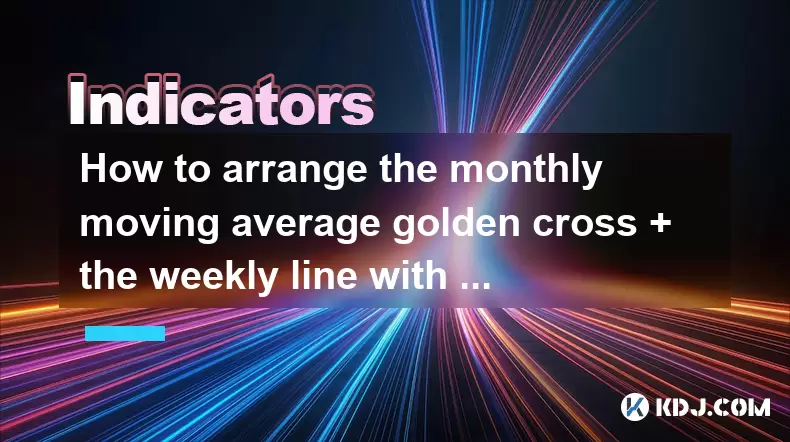
Understanding the Monthly Moving Average Golden Cross
The monthly moving average golden cross is a long-term bullish signal formed when the 50-month simple moving average (SMA) crosses above the 200-month SMA on a cryptocurrency price chart. This crossover suggests a shift from a bearish to a bullish market trend on a macro scale. To identify this pattern, traders must load a monthly time frame chart for the selected cryptocurrency, such as Bitcoin or Ethereum. Navigate to the charting platform’s indicator section and apply two SMAs: one set to 50 periods and the other to 200 periods, both configured for the monthly interval. Once plotted, observe the interaction between the two lines. A confirmed golden cross occurs when the 50-month SMA rises above the 200-month SMA and remains above it for at least one full month. This signal often precedes extended bull runs and is considered highly reliable in the crypto technical analysis community.
Integrating the Weekly Chart: Large Volume and Positive Cover Negative Pattern
After confirming the monthly golden cross, shift focus to the weekly chart to validate short-to-medium term momentum. The next condition requires identifying a positive cover negative candlestick pattern accompanied by large trading volume. This Japanese candlestick formation occurs when a bullish (typically green) candle completely engulfs the body of the previous bearish (red) candle, indicating a strong reversal in sentiment. To spot this:
- Open the weekly time frame for the same cryptocurrency.
- Ensure volume indicators are enabled and set to display volume bars beneath the price chart.
- Look for a red candle followed by a larger green candle that fully covers the body of the prior red candle.
- Confirm that the volume on the green candle is significantly higher than the average volume of the past 4–6 weeks.
This combination suggests institutional or large-scale buying activity, reinforcing the bullish signal from the monthly golden cross. The large volume confirms participation and conviction, reducing the likelihood of a false breakout.
Daily Chart Confirmation: Breakthrough of the 60-Day Moving Average
The final layer of this multi-timeframe strategy involves the daily chart, where price must break above the 60-day simple moving average with sustained momentum. This moving average acts as a dynamic resistance-turned-support level. To set this up:
- Apply a 60-day SMA to the daily chart.
- Monitor price action closely as it approaches the moving average line.
- A valid breakout occurs when the closing price of a daily candle is above the 60-day SMA and remains above it for at least two consecutive days.
- Ideally, the breakout candle should exhibit increased volume, indicating strong buying pressure.
It is crucial to avoid acting on intraday wicks or shadows that briefly pierce the 60-day line. Only confirmed daily close above the 60-day SMA should be considered a valid signal. This step ensures alignment across timeframes: the long-term trend (monthly), intermediate momentum (weekly), and short-term strength (daily).
Execution Strategy: Entry, Position Sizing, and Risk Management
Once all three conditions are met, a trader can consider entering a long position. However, proper execution is critical to minimize risk. Consider the following steps:
- Wait for the daily candle to close above the 60-day SMA to avoid premature entry.
- Use a limit order slightly above the breakout candle’s high to ensure execution only if momentum continues.
- Allocate capital based on portfolio risk tolerance—never risk more than 1–2% of total equity on a single trade.
- Set a stop-loss below the recent swing low on the daily chart or beneath the 60-day SMA if it begins to act as support.
- Monitor the weekly volume trend to ensure it remains elevated after the breakout.
Using trailing stop orders can help lock in profits as price ascends. Additionally, traders may choose to scale in—entering 50% of the intended position at the initial breakout and adding more if the price retests and holds above the 60-day SMA.
Monitoring and Validating Signal Integrity Across Timeframes
Maintaining signal validity requires continuous monitoring. After entry, check that:
- The monthly golden cross remains intact—no bearish crossover should occur in the coming months.
- Weekly volume stays above average, indicating sustained interest.
- The daily price does not fall back below the 60-day SMA for more than one session.
- The positive cover negative pattern is not invalidated by a subsequent large red candle.
Charting platforms like TradingView allow for multi-pane layouts, enabling side-by-side viewing of monthly, weekly, and daily charts. Use alerts to notify you when price approaches key levels or when volume spikes. This layered verification system ensures that the trade setup is not based on a single indicator but on convergent evidence across different time horizons.
Common Pitfalls and How to Avoid Them
Traders often misinterpret signals due to impatience or incomplete analysis. Avoid these mistakes:
- Acting on a golden cross before it is confirmed by a full monthly close.
- Ignoring volume on the weekly positive cover negative pattern, leading to false reversal signals.
- Entering on a daily wick above the 60-day SMA without a confirmed close.
- Overlooking broader market conditions—such as regulatory news or macroeconomic shifts—that could invalidate technical patterns.
Ensure all data is pulled from reliable sources and that the cryptocurrency has sufficient liquidity and trading history for accurate moving average calculations. Low-cap altcoins may show misleading signals due to manipulation or thin order books.
FAQ 1: Can this strategy be applied to altcoins, or is it only suitable for Bitcoin?
Yes, this strategy can be applied to major altcoins like Ethereum, Binance Coin, or Solana, provided they have sufficient trading history and volume. However, altcoins are more volatile and prone to manipulation, so extra caution is required. Ensure the asset has at least two years of price data to calculate reliable 50- and 200-month SMAs.
FAQ 2: What if the daily price breaks above the 60-day SMA but closes back below it the next day?
This would invalidate the breakout signal. A single intraday spike is not sufficient. The close must remain above the 60-day SMA for at least two consecutive days with strong volume to confirm sustainable momentum.
FAQ 3: How do I adjust the strategy during a sideways or ranging market?
In ranging markets, moving averages flatten and generate false signals. Avoid acting on golden crosses or breakouts unless accompanied by a clear expansion in volume and a decisive move beyond key resistance levels. Use additional tools like ADX (Average Directional Index) to confirm trend strength before proceeding.
FAQ 4: Is there a specific time of day to check for the daily close above the 60-day SMA?
Yes, always wait for the UTC-based daily candle close, typically at 00:00 UTC on most exchanges and charting platforms. Checking before this time may lead to premature decisions based on incomplete data.
Disclaimer:info@kdj.com
The information provided is not trading advice. kdj.com does not assume any responsibility for any investments made based on the information provided in this article. Cryptocurrencies are highly volatile and it is highly recommended that you invest with caution after thorough research!
If you believe that the content used on this website infringes your copyright, please contact us immediately (info@kdj.com) and we will delete it promptly.
- Pudgy Penguins Price Prediction: Buying Opportunity or Insider Dump?
- 2025-07-31 18:50:35
- Penny Coin Power: Unearthing 20x Potential in Undervalued Crypto
- 2025-07-31 20:10:14
- Shrapnel, GalaChain, and China Gaming: A New Frontier
- 2025-07-31 19:10:35
- Mutuum Finance, Bitcoin, and Market Analysis: Decoding the Latest Trends
- 2025-07-31 19:30:13
- Dogecoin Howl: Bullish Signals and Analyst Bites – Is the Meme Coin Ready to Pounce?
- 2025-07-31 18:30:16
- Decoding Crypto Presales, Ethereum's Role, and Navigating a Tricky Altcoin Season
- 2025-07-31 18:30:16
Related knowledge
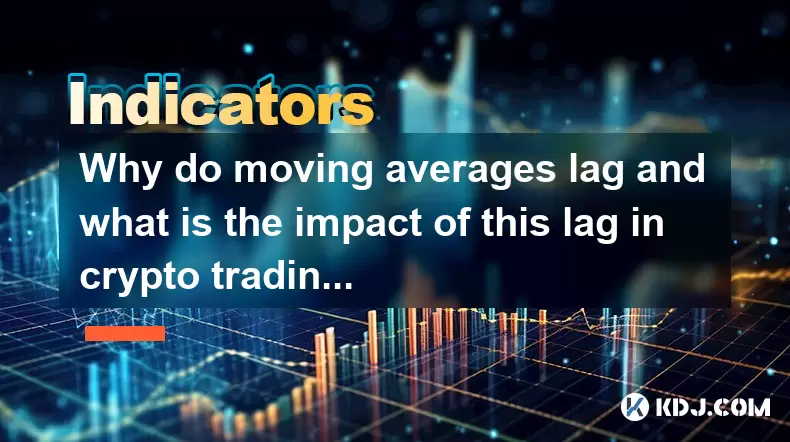
Why do moving averages lag and what is the impact of this lag in crypto trading?
Jul 31,2025 at 08:07pm
Understanding the Concept of Moving Averages in Crypto TradingMoving averages are among the most widely used technical indicators in cryptocurrency tr...
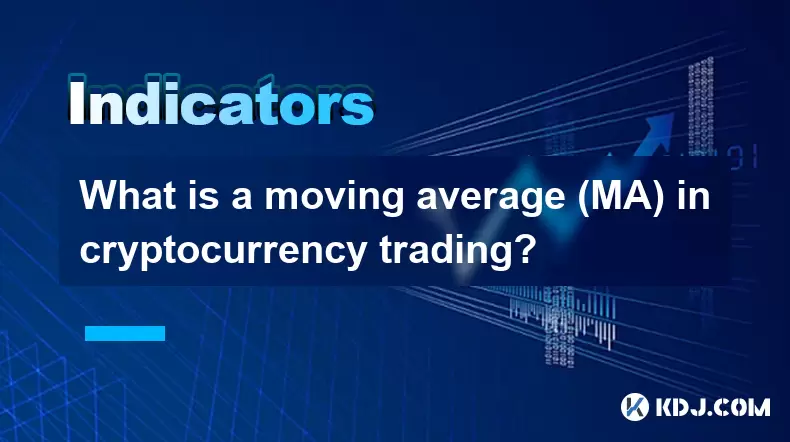
What is a moving average (MA) in cryptocurrency trading?
Jul 31,2025 at 06:30pm
Understanding the Concept of Moving Average (MA)A moving average (MA) is a widely used technical analysis tool in cryptocurrency trading that helps sm...
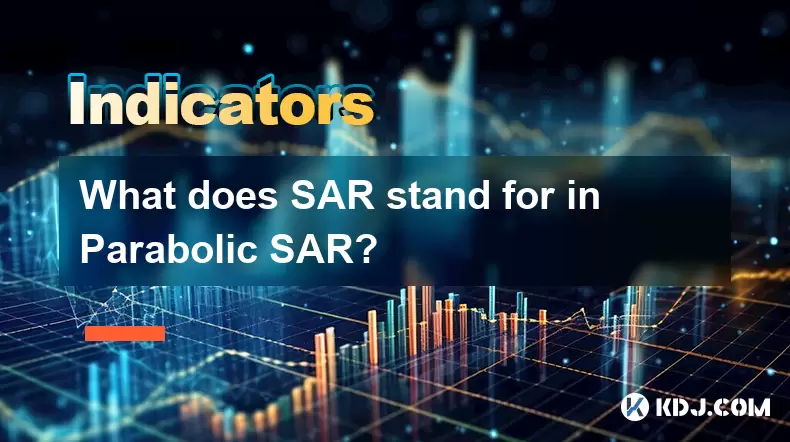
What does SAR stand for in Parabolic SAR?
Jul 31,2025 at 06:49pm
Understanding the Meaning of SAR in Parabolic SARIn the context of technical analysis in the cryptocurrency market, SAR stands for 'Stop and Reverse' ...
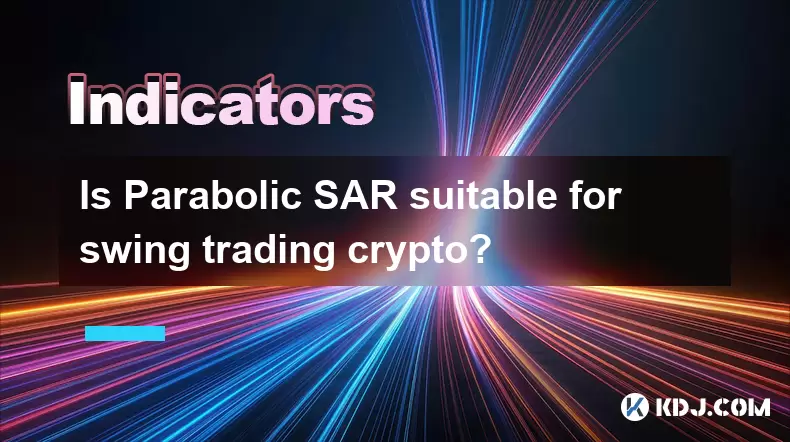
Is Parabolic SAR suitable for swing trading crypto?
Jul 31,2025 at 05:29pm
Understanding Parabolic SAR in Cryptocurrency TradingThe Parabolic SAR (Stop and Reverse) is a technical indicator developed by J. Welles Wilder that ...
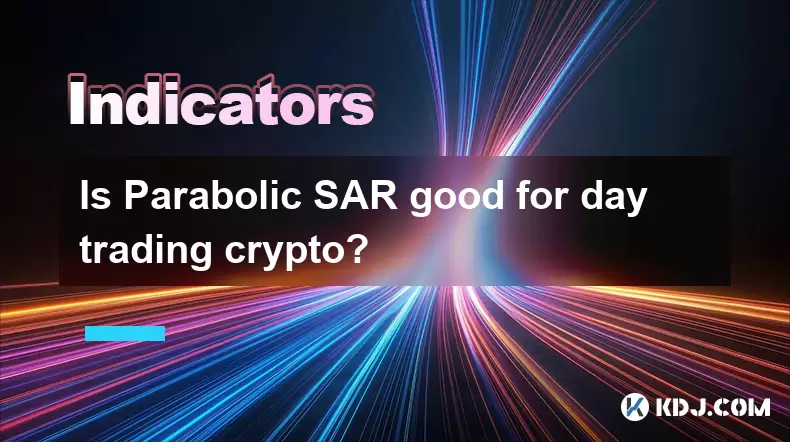
Is Parabolic SAR good for day trading crypto?
Jul 31,2025 at 08:01pm
Understanding Parabolic SAR in Crypto MarketsThe Parabolic SAR (Stop and Reverse) is a technical indicator developed by J. Welles Wilder to identify p...
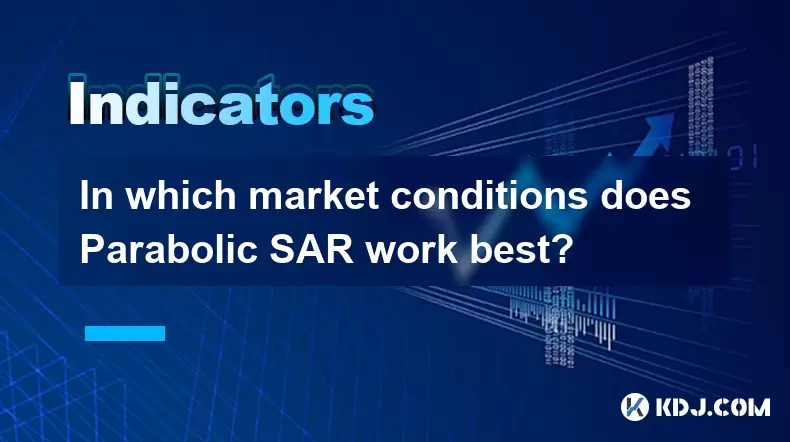
In which market conditions does Parabolic SAR work best?
Jul 31,2025 at 07:50pm
Understanding the Parabolic SAR IndicatorThe Parabolic SAR (Stop and Reverse) is a technical analysis tool developed by J. Welles Wilder Jr. It appear...

Why do moving averages lag and what is the impact of this lag in crypto trading?
Jul 31,2025 at 08:07pm
Understanding the Concept of Moving Averages in Crypto TradingMoving averages are among the most widely used technical indicators in cryptocurrency tr...

What is a moving average (MA) in cryptocurrency trading?
Jul 31,2025 at 06:30pm
Understanding the Concept of Moving Average (MA)A moving average (MA) is a widely used technical analysis tool in cryptocurrency trading that helps sm...

What does SAR stand for in Parabolic SAR?
Jul 31,2025 at 06:49pm
Understanding the Meaning of SAR in Parabolic SARIn the context of technical analysis in the cryptocurrency market, SAR stands for 'Stop and Reverse' ...

Is Parabolic SAR suitable for swing trading crypto?
Jul 31,2025 at 05:29pm
Understanding Parabolic SAR in Cryptocurrency TradingThe Parabolic SAR (Stop and Reverse) is a technical indicator developed by J. Welles Wilder that ...

Is Parabolic SAR good for day trading crypto?
Jul 31,2025 at 08:01pm
Understanding Parabolic SAR in Crypto MarketsThe Parabolic SAR (Stop and Reverse) is a technical indicator developed by J. Welles Wilder to identify p...

In which market conditions does Parabolic SAR work best?
Jul 31,2025 at 07:50pm
Understanding the Parabolic SAR IndicatorThe Parabolic SAR (Stop and Reverse) is a technical analysis tool developed by J. Welles Wilder Jr. It appear...
See all articles

























































































